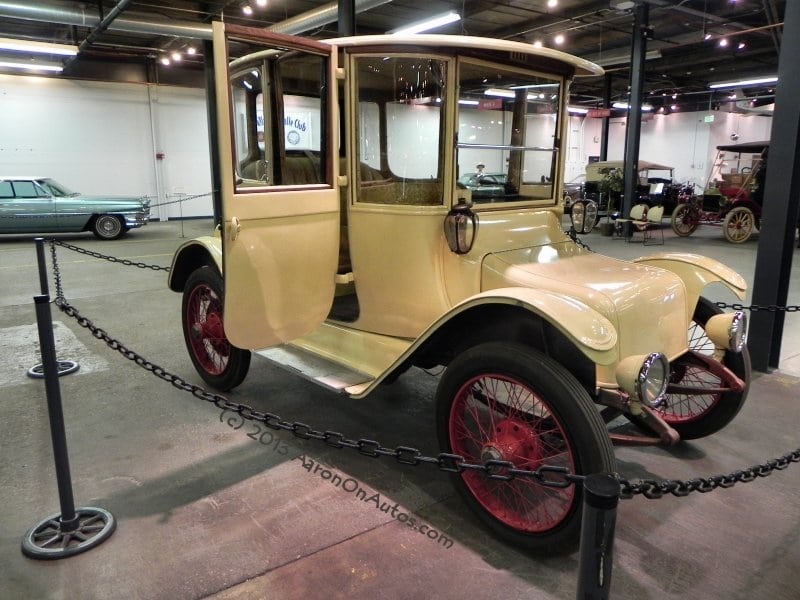I answer a lot of questions on Quora. Many of those questions are about automotive things that may be of interest to CarNewsCafe readers. Like this one.
Why do car companies make a new model every year?
My Answer: Model years are mostly a convention rather than an indication of anything new. Before the 1940s, most vehicles were introduced with a model name (e.g. the Ford Model A) and when they were significantly upgraded, a new model name was given to the vehicle (ala Model T).
During the golden age of automotive in the 1950s, automakers would literally re-design nearly all of their models every single year, so re-branding a model name became a problem and many buyers were loyal to a specific model name (e.g. the Chevrolet Bel Air). So makes would add a model year to the vehicle’s name instead.
Today, most designs are fully revamped every 5–8 years, depending on the model, with a “refresh” happening somewhere in the middle of that (usually year 3 or 4).
The model year designation does have the advantage of marking the vehicle for parts and repair purposes. Some minor changes, compliance upgrades, or recall changes are made during or between model years and those are more easily designated with the model year note. For example, I once owned a Corolla whose model year was the year that Toyota changed the size of the oil filter. Looking for one inside that “generation” of the car/engine would mean finding any of three different sizes as they were changed during the model’s evolution.
Timelines for automotive makes generally go like this:
- Year 1 – Model is introduced as “all-new.”
- Year 2 – Model sees only minor changes from its introduction, likely due to what was learned after the first year of real-world use.
- Year 3 – Model sees a light refresh with some changes to the front fascia plastics (lights, grille, etc) and rear plastics (bumper cover, etc). Today’s models also often see technology upgrades, including some previously optional items becoming standard in order to boost the vehicle’s value perception.
- Year 4 – Either no significant changes or some minor changes to interior items and technology (as above).
- Year 5 – No significant changes, but the vehicle is likely to be heavily incentivized at the dealership to push sales.
- Year 6 – More incentivization as a new model is announced for the next year.
- Year 7/1 – Model is completely revamped and is now touted as “all-new.”







